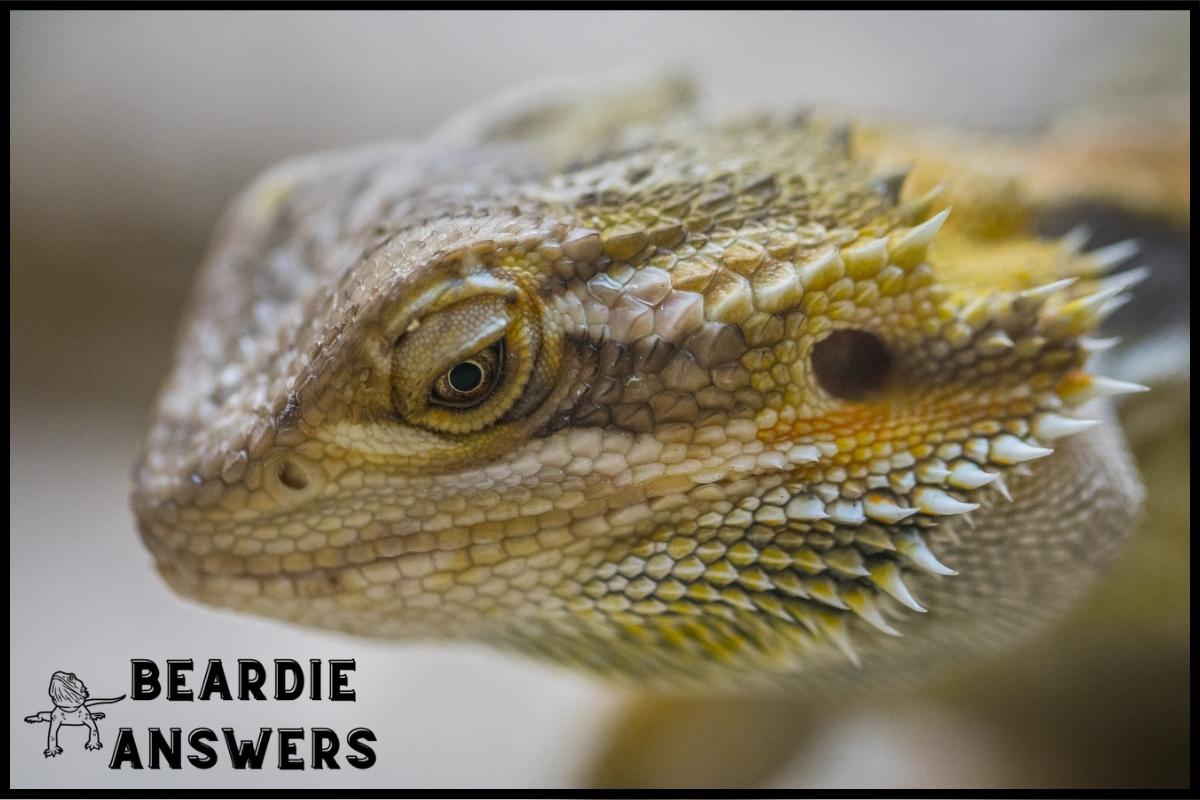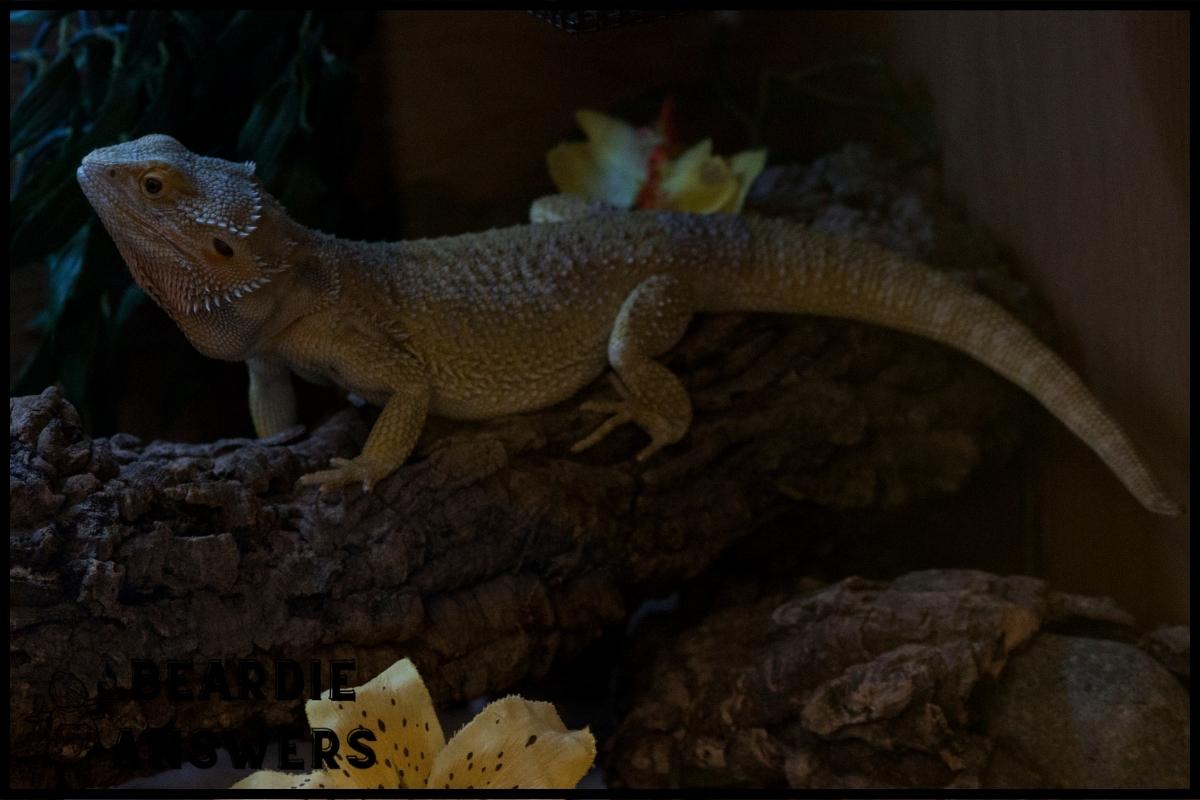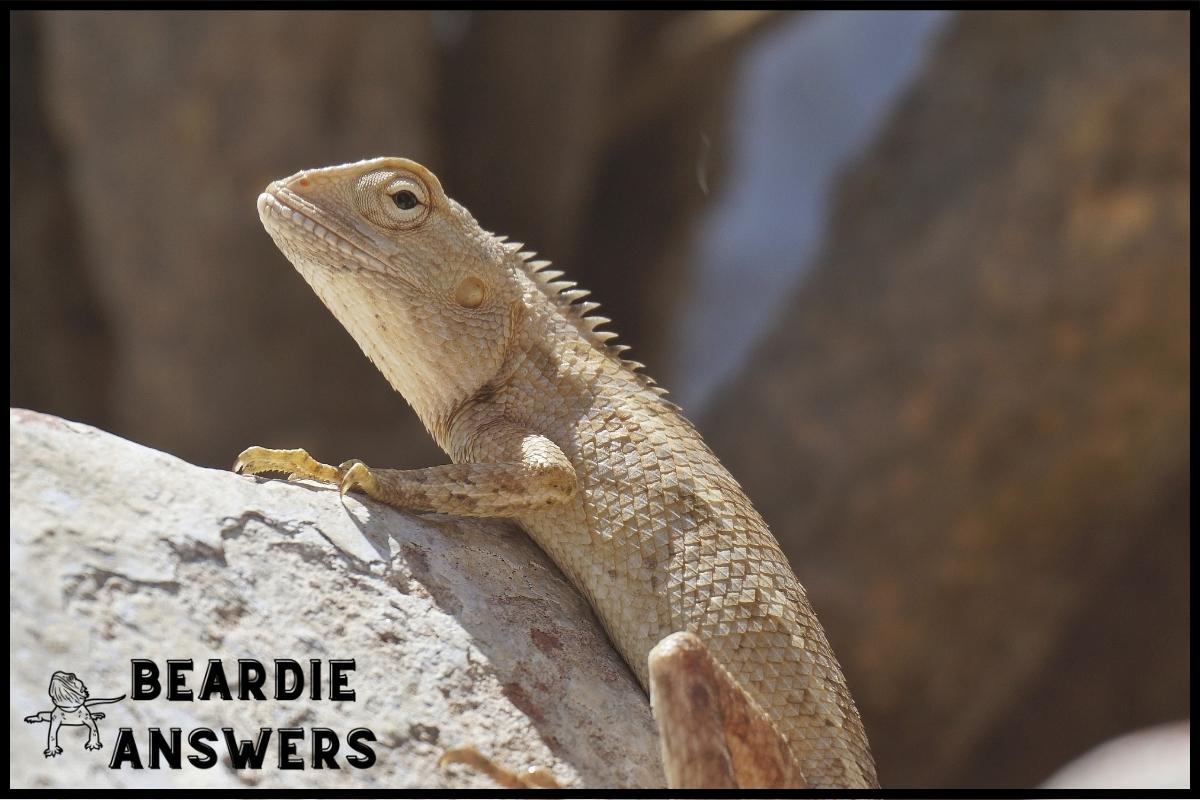Bearded dragons belong to the genus Pogona and have eight recognized species, each with its distribution and habitat preferences. Pogona vitticeps, or the Central Bearded Dragon, is the most common and widespread in the pet trade. Pogona barbata, or Eastern Bearded Dragon, is native to Australia and has a distinctive beard of spines under its chin. Pogona henrylawsoni, or Rankin’s Dragon, is a smaller and less common species.
What You'll Learn
Pogona Vitticeps
To the untrained eye, one bearded dragon might look like any other. But delve a little deeper and you soon realize just how distinct each species of these amazing lizards is!
Take Pogona vitticeps for example – this unique species has its own set of habitat requirements and lifespan differences that make it stand out from the others. When it comes to their environment, Pogona vitticeps need plenty of sunlight and heat in order to thrive. They also require relatively high humidity levels which can be achieved through regular misting or adding a humidifier into their enclosure. Unlike some other species, they are not particularly fond of water so should have access to shallow basking pools instead.
With the right care, they can live between 8-12 years depending on environmental conditions and genetics – making them quite long lived compared to some other species! These small but mighty creatures have evolved over time with specific needs that must be taken into consideration if they are going to remain happy and healthy. Knowing what those needs are will help ensure your pet lizard enjoys a fulfilling life…transitioning us nicely into our discussion about pogona barbata!
Pogona Barbata
Pogona barbata, commonly referred to as the western or inland bearded dragon, is a species of agamid lizard native to Australia. It’s characterized by its spiky beard and tail, both of which are used for defense when threatened.
Dietary needs consist mainly of insects such as crickets and mealworms, fruits, vegetables, and occasional supplements like calcium powder. In terms of habitat requirements, Pogona barbata prefers dry habitats with plenty of basking spots.
It requires temperatures between 80-90°F during the day and 70-75°F at night. UVB lighting should also be provided in order to help them absorb dietary calcium more effectively. They need access to water either through misting or directly drinking from a bowl.
Overall, Pogona Barbata make great pets due to their generally friendly temperament and interactive behavior. With proper care they can live anywhere from 8-12 years in captivity – making it an ideal pet choice for those looking for a long term companion! To ensure optimal health and happiness, regular vet visits are recommended along with appropriate housing and diet choices.
Moving on then to Pogona henrylawsoni…
Pogona Henrylawsoni
Pogona henrylawsoni, or the Rankin’s Dragon, is one of the most popular species of bearded dragon. Its habitat ranges from arid to semi-arid areas in Australia and New Guinea, usually occupying open woodlands with some grasses for camouflage. Exploring its habitats reveals that it prefers temperatures between 70°F (21°C) and 90°F (32°C).
Examining its behaviors shows that it can be quite active in the day time and uses a variety of basking spots throughout its domain. It also has an interesting courtship display where males will bob their heads rapidly while facing females they are interested in mating with.
Rankin’s Dragons primarily feed on insects such as flies, moths and crickets but may also consume fruits, vegetables and even other small lizards if available. They tend to be moderately social reptiles who enjoy interacting with others of their own kind so long as they have enough basking space per individual.
All these aspects make them great pets for those looking for an easy-to-care-for reptile companion. The Rankin’s Dragon is a unique species that makes an excellent choice for novice keepers due to its hardiness when provided with proper care. With its wide range of colors, sizes and temperaments, there is something special about this beardie which makes it stand out from many other lizard species.
Moving on from here we’ll take a look at another Australian native – Pogona minor.
Pogona Minor
As the saying goes, “all good things come in small packages” and that could not be more true for Pogona minor. This species of bearded dragon is one of the smallest members of its family and despite its size it has a big personality.
Its breeding habits and morphology characteristics make this unique creature an interesting animal to study.
Pogona minor is natively located in Northern Australia where they spend their time basking on warm rocks or hiding underneath dry leaves. Their diet consists mainly of insects such as crickets, but can also include plant material like flowers and leafy greens.
When it comes to breeding these little dragons are quite prolific laying up to 15 eggs at once during the summer months before burying them underground for incubation.
The morphology characteristics make Pogona minor stand out from other species within its genus. It has a shorter snout than most other beardies along with a broader head while having relatively larger scales compared to some of its cousins.
These traits give this particular species a distinct look that sets it apart from others making it instantly recognizable among enthusiasts and experts alike.
Pogona Nullarbor
Pogona nullarbor, also known as the Nullarbor Bearded Dragon, is a small species of lizard primarily found in Western Australia.
They are docile and easy to handle, making them an ideal pet for those looking to keep a bearded dragon.
Living with a Nullarbor can be straightforward as long as their environment is properly maintained.
A comfortable enclosure that provides adequate heat and humidity levels should be provided along with plenty of spots for basking and hiding.
The diet of the Nullarbor mainly consists of insects such as crickets, roaches, moths, and other soft-bodied invertebrates.
Vegetables like dandelion greens or collard greens should also be included in their diet for added nutrition.
Additionally, these lizards need access to vitamins and minerals through supplements available at most pet stores.
Nullarbors have been kept successfully in captivity for many years if given the proper care they require.
While some basic knowledge about reptiles is needed when keeping one, overall they are relatively low maintenance animals compared to other bearded dragons species.
With patience and dedication any keeper can provide a safe home for this unique reptile species.
Pogona Microlepidota
Continuing on from the discussion of Pogona Nullarbor, we now turn our attention to another species within this genus: Pogona Microlepidota.
This species is often found in a range of different habitats, including rainforests and woodlands across Australia’s east coast. With an estimated population of over 2 million individuals, it has become one of the most prolific bearded dragons in the region.
Exploring pogona microlepidota’s habitat can provide us with some insight into their diet. In many cases these creatures feed mainly on insects and other arthropods such as spiders, crickets, and cockroaches. They will also consume small lizards or snakes when available.
Uncovering pogona microlepidota’s diet further reveals that they are not picky eaters; they have been known to also eat vegetation like fruits and flowers if necessary for sustenance.
In addition to its wide variety of food sources, this particular species also thrives in warm temperatures due to its native environment being tropical and subtropical regions throughout eastern Australia. Although cold winters may pose a threat to their survival, they are highly adaptive creatures which makes them well-suited for life in various climates around the world.
Conclusion
In conclusion, there are a variety of different species of bearded dragons that vary in size and behavior. It is important to research the specific needs for each species before bringing one into your home as a pet.
One interesting statistic about these lizards is that when kept properly, some can live up to 10-14 years! With proper care and attention, you can ensure your new dragon friend lives a long and happy life with you.
Bearded dragons make amazing pets due to their friendly personalities and ease of care. Whether it’s Pogona Vitticeps or Pogona Henrylawsoni, they all have unique characteristics that make them special companions.
If you’re looking for an exotic addition to your family, consider getting a bearded dragon today! You won’t be disappointed in the fun and excitement they bring into your life.

Hi! My name is Bryan, I am the “one behind the words” here are BeardieAnswers.com. I believe that providing quality care and nutrition is the best way to ensure the health of your pet. Every beardie is special and deserves the best care and attention. If you have questions about your bearded dragon, please don’t hesitate to ask! View My Full Author Page




